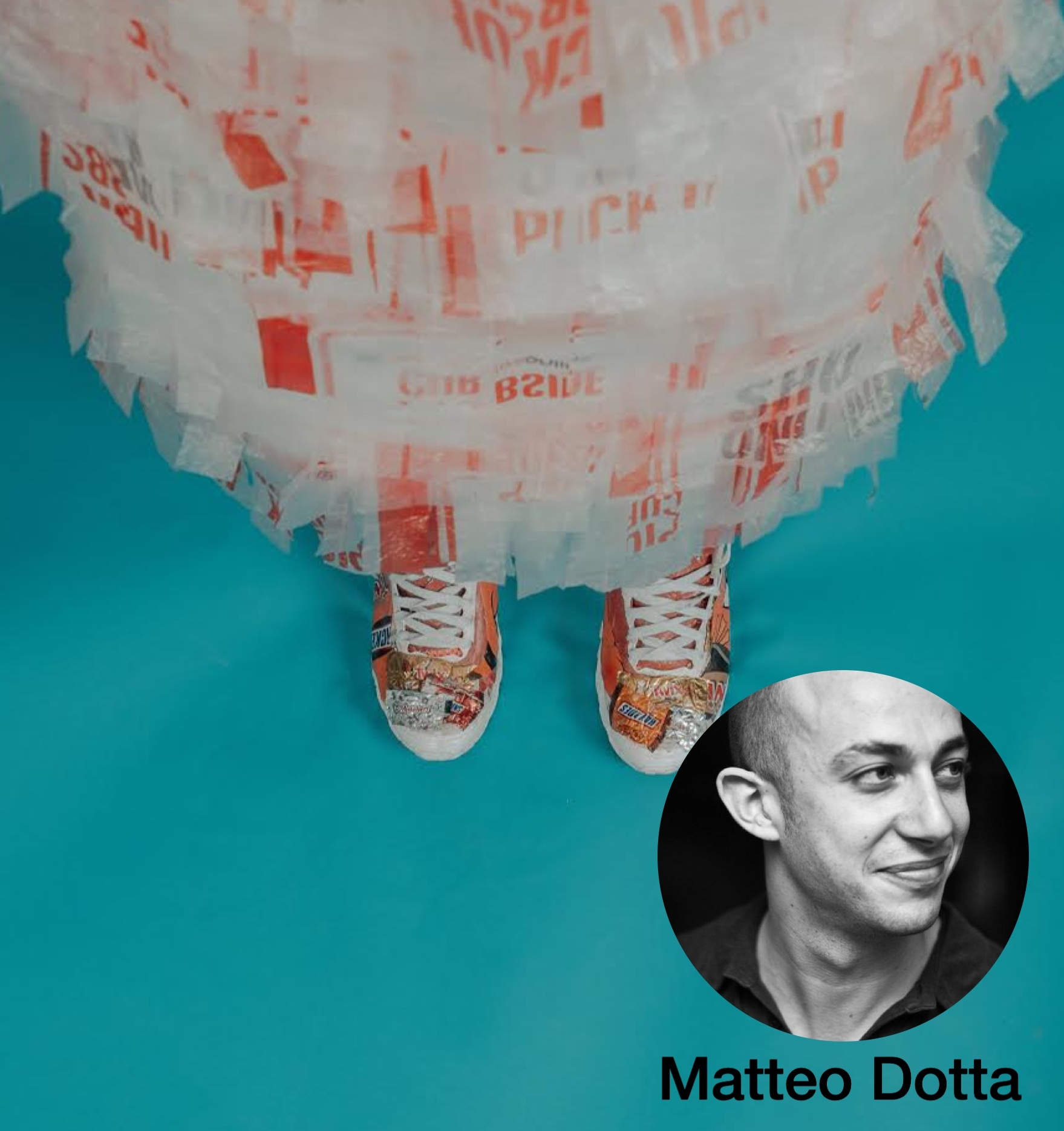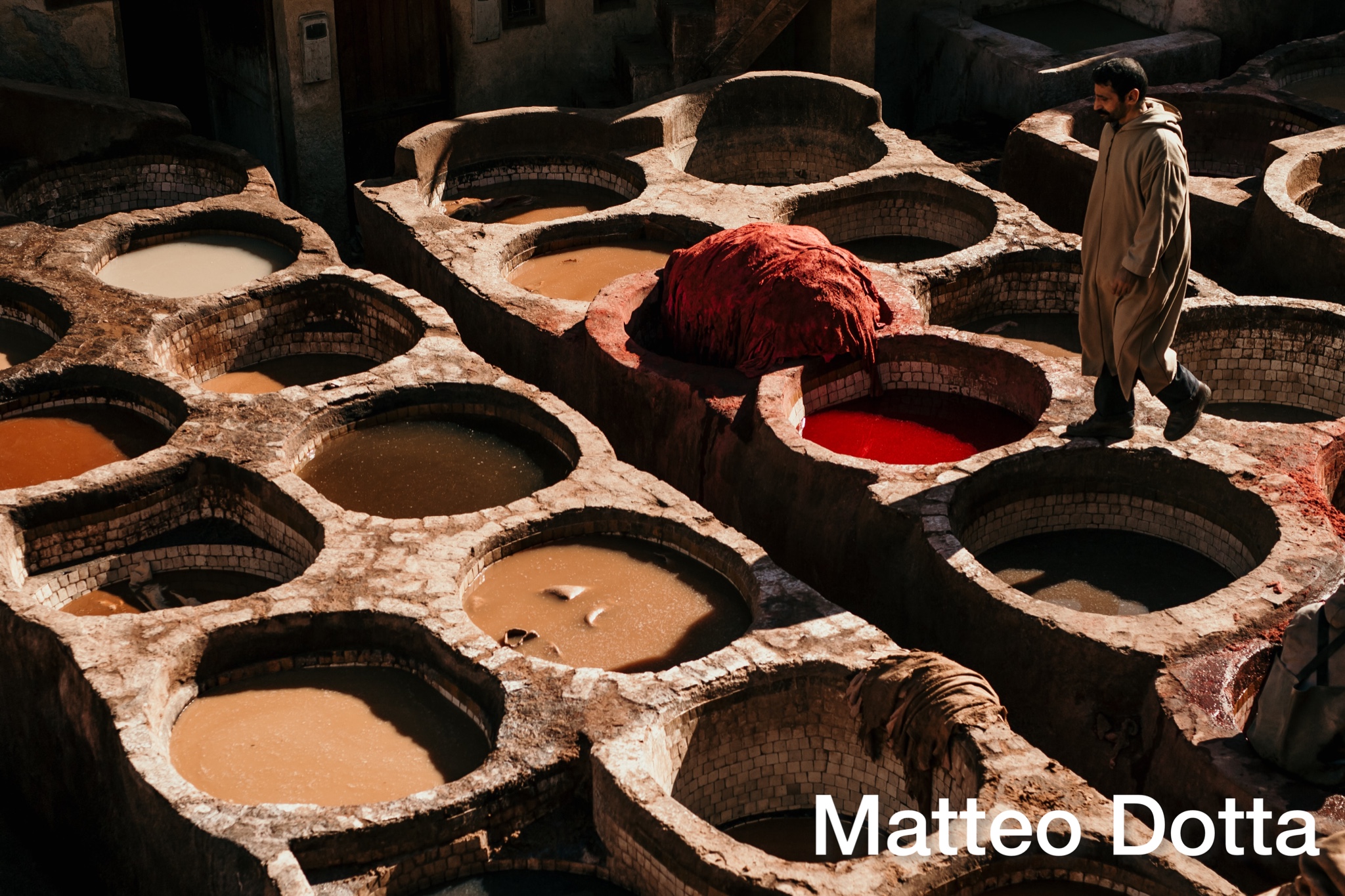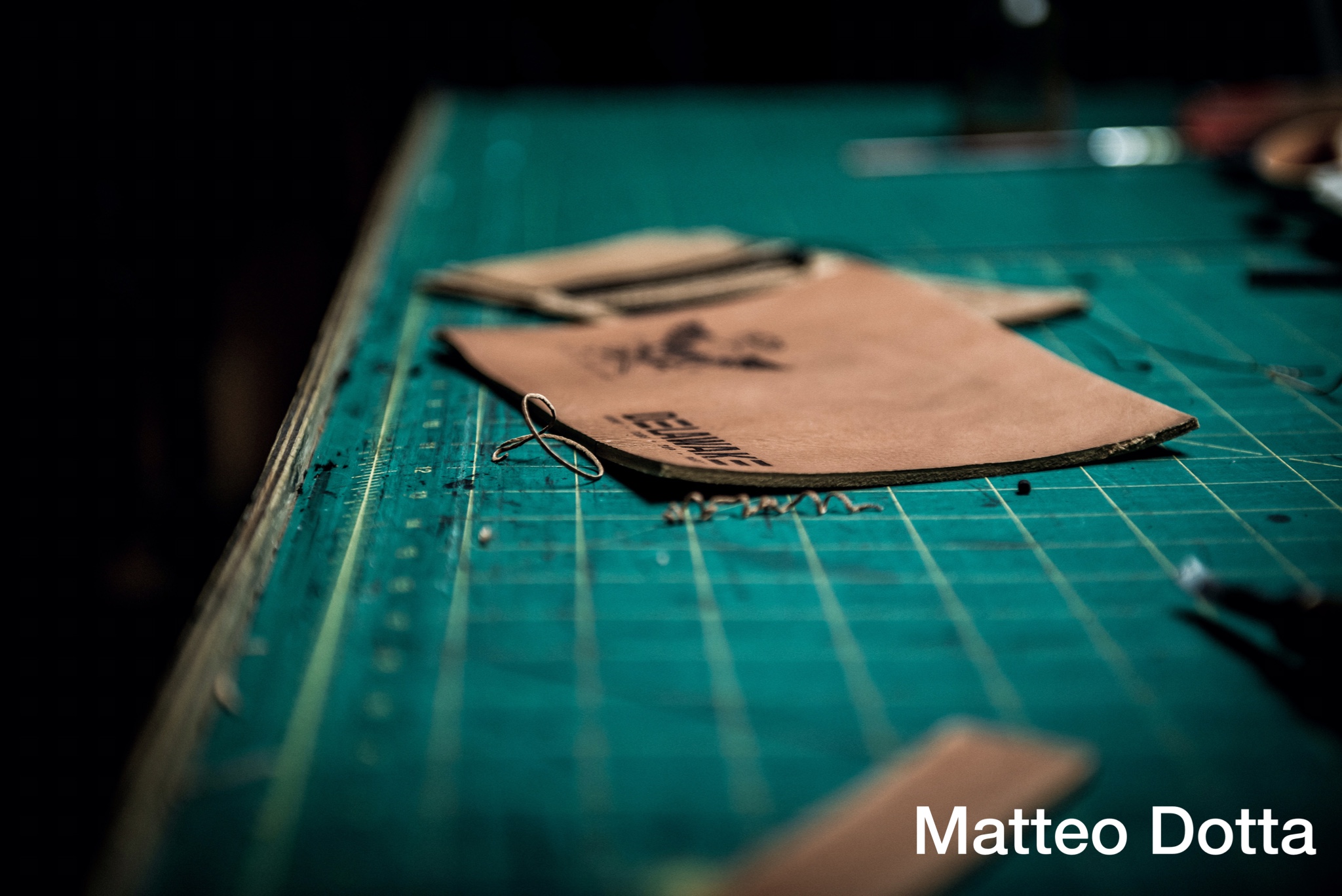The first time I heard about “Recycled Leather” was 3/4 years ago.
Then this term was mixed with the term sustainable leather and today the two things are often used as synonyms but that’s not the case, it’s good to clarify a little bit, also because it’s inappropriate to say recycled leather, and in Italy, it’s even illegal.
“Regenerated leather fiber” is the correct name and the material must contain at least 50% dry leather by weight.
It is an artificial material consisting of leather fibers obtained from the mechanical or chemical demolition of leather waste.
Besides regenerated leather fiber is often and improperly called bonded leather, regenerated leather, or recycled leather.
These terms are misleading because they lead the consumer to believe that the material is leather.
The word leather can only be associated with what is of animal origin and it can be clearly understood IN THIS VIDEO
In any case, this process can be considered a form of recycling.
It differs from bycast leather, which is made from pieces of solid leather, usually split, to which an artificial coating is given.
Testimonials
To find out more, I searched online and contacted some manufacturers by phone, and here are some comments.
1- Regenesi
The regenerated leather fiber is produced using a very sophisticated process.
Genuine leather waste (from vegetable tanning), which makes up 65% of the finished product, is selected, prepared, and defibrated.
This is followed by a treatment process with water mixed with other substances, especially fats and coloring agents, which are completely natural.
The preparation is then spread on large drying counters, pressed, and finally treated so that it acquires softness.
2- Valle Esina
The finished product is stiff.
It is made using natural binders for 98% including rubber latex and chestnut tannins, the remaining 2% are synthetic chemicals.
It means below the concentration limits set by international law.
It states that its product can currently be used for bags, small leather goods such as paper holders, notebooks or office and home accessories, such as organizers and storage boxes, but not for shoes.
Considerations
On the one hand, this process of recovering materials that have reached the end of their life cycle and/or are discarded and/or destined to be thrown away, to transform them into products of greater value than the original ones, is called upcycling.
Upcycling is one of the founding principles of sustainable fashion.
But on the other hand, can it be compared to real leather? Certainly not.
Not only because of the presence of polymers and chemicals but also because of the final “hand” effect that is decidedly inferior in terms of quality and tactile pleasantness.
The difference between the homogeneous, slightly “synthetic” structure of the regenerated leather and the softer and more elastic one typical of real leather, is still evident.
Conclusion
Reusing leather waste is good because it is a process in line with the principles of the circular economy.
But regenerated leather fibers cannot be considered the solution that replaces leather.
In terms of cost, it is certainly more advantageous but at the expense of quality and durability. Moreover, in terms of sustainability and environmental impact, performance is equal or even lower.
It is certainly a valid material as an alternative to PU, polyester, and plastics and therefore it makes more sense to use it as a replacement for these.
Last but not least, please call them regenerated leather fiber and not recycled leather !!!



